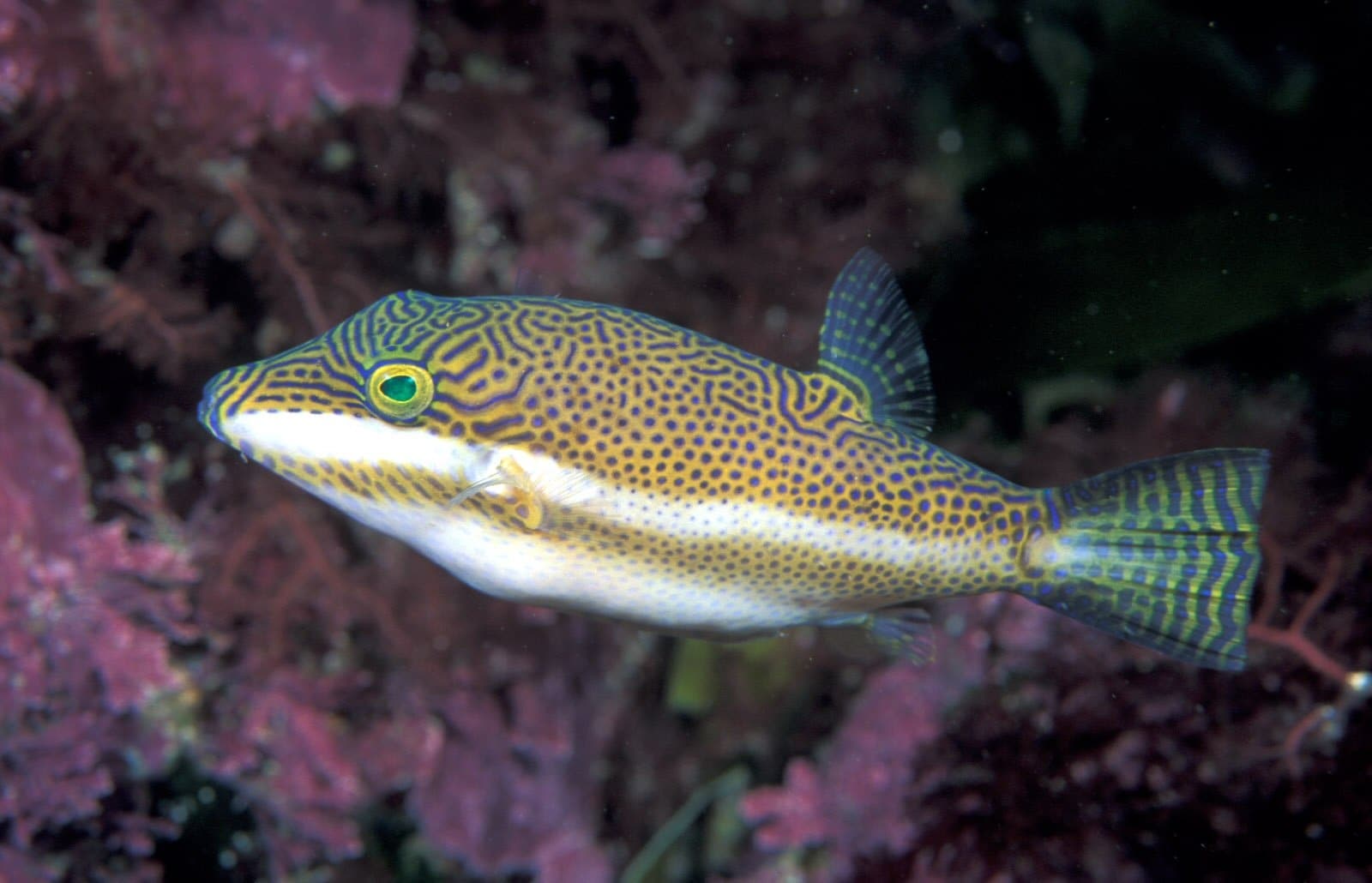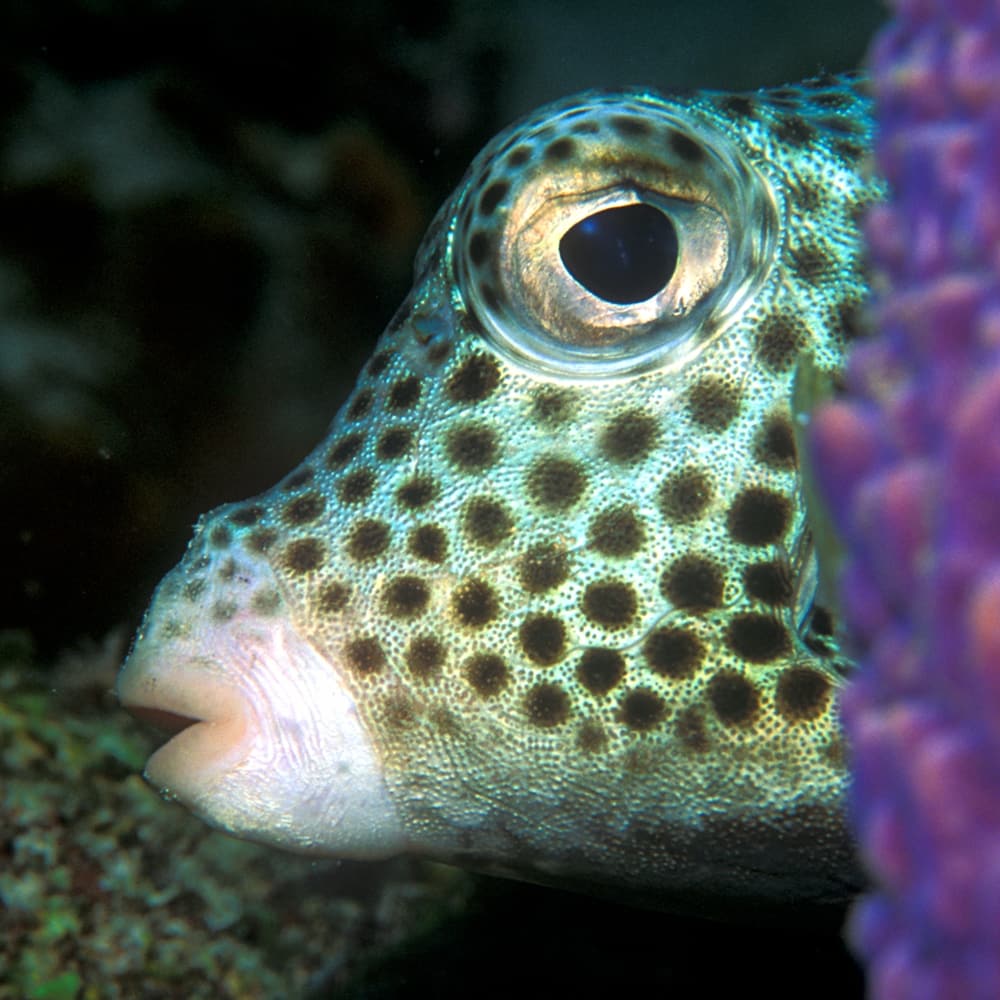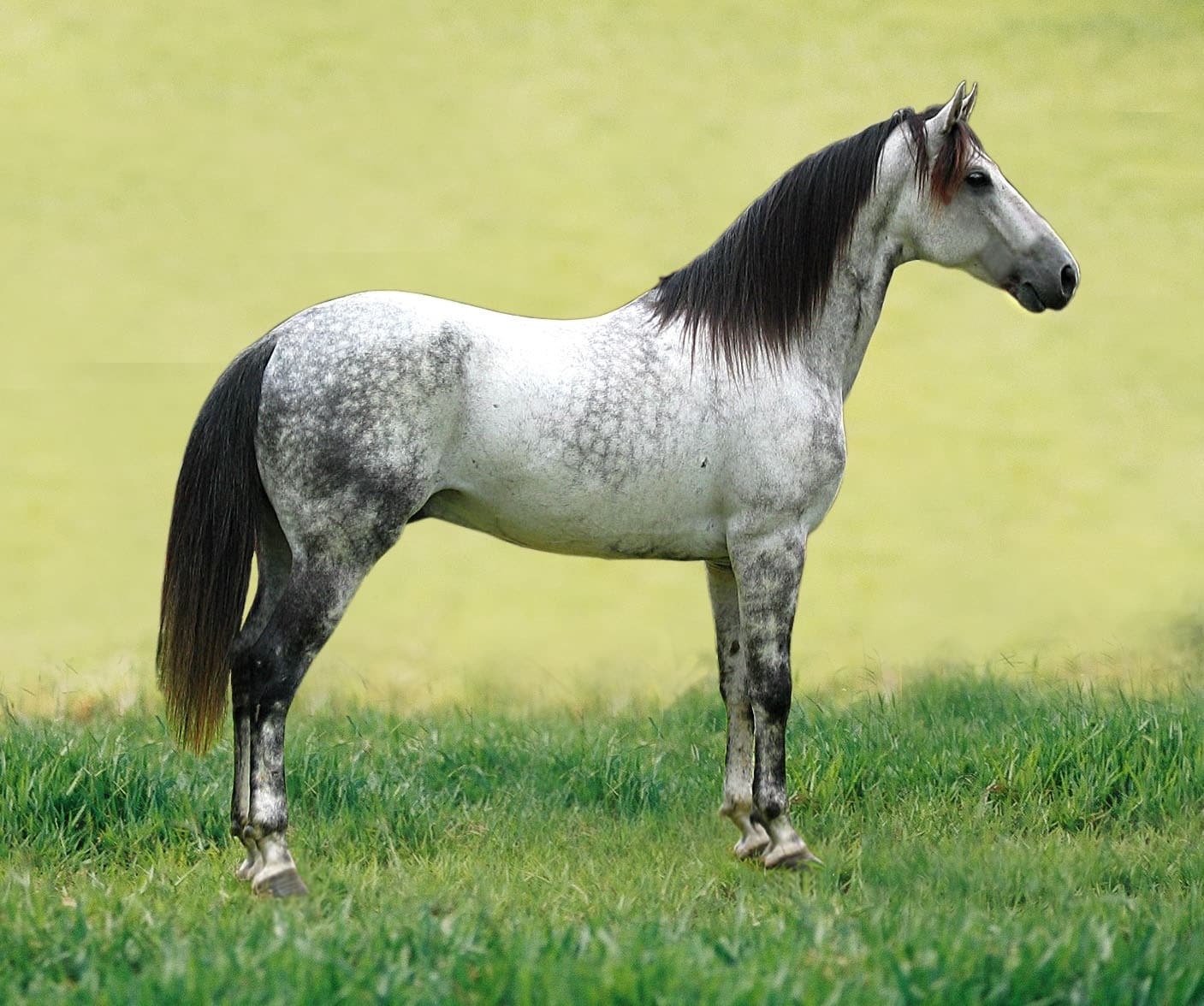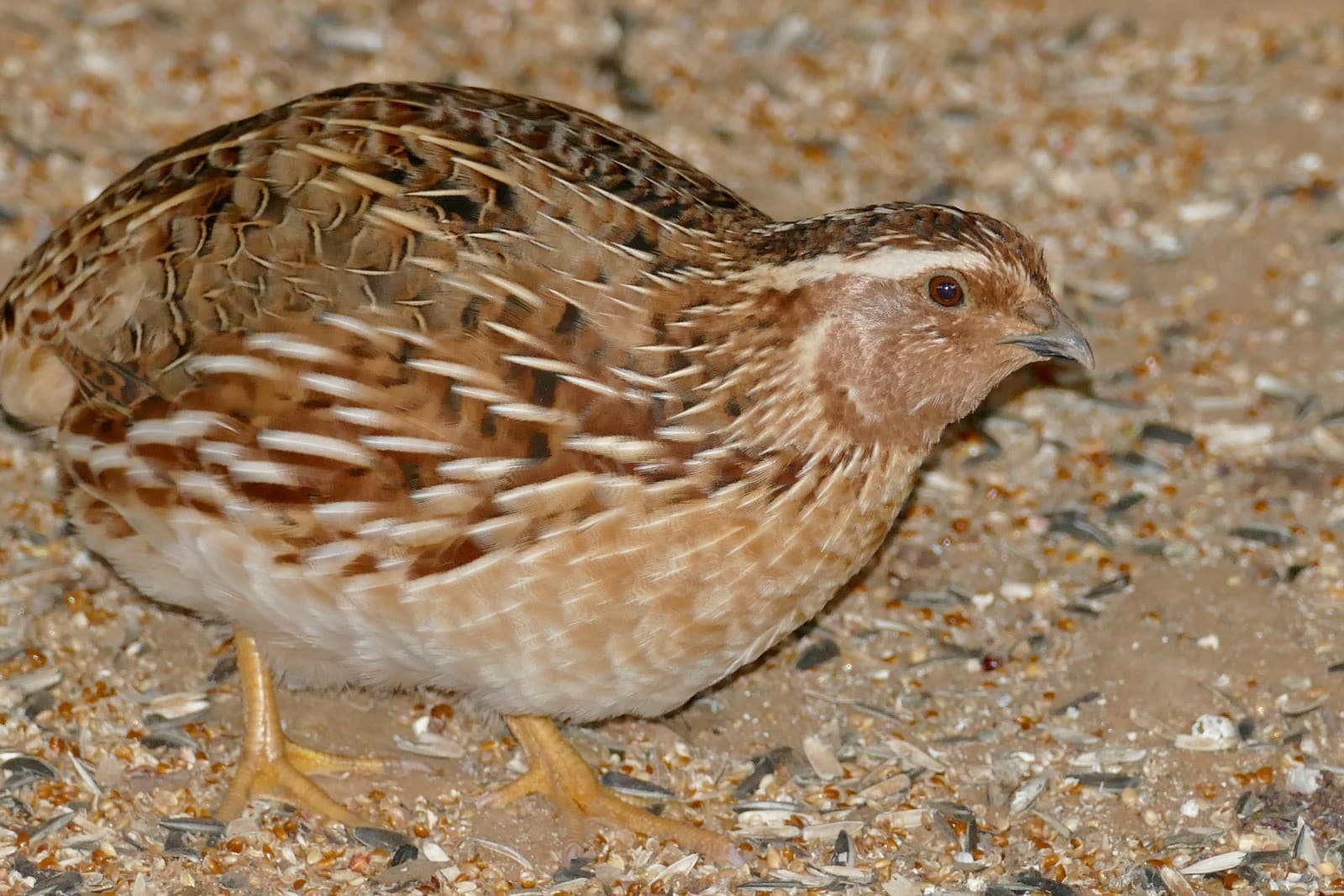Puffer Fish vs Box Fish: A Complete Comparison
While both Puffer Fish and Box Fish employ remarkable defense mechanisms, these fascinating reef dwellers utilize distinctly different survival strategies. Puffer Fish can rapidly inflate to up to three times their normal size, while Box Fish rely on a rigid, bony exterior that forms a protective carapace covering 90% of their body.
These tropical species, despite their similar habitats, showcase evolution’s diverse approaches to survival. A typical Puffer Fish measures 12-24 inches (30-61 cm) when fully grown, whereas Box Fish generally remain smaller at 6-15 inches (15-38 cm). Understanding their unique adaptations reveals why both species have thrived in coral reef ecosystems for millions of years.

The Yellow-spotted Puffer Fish demonstrates the species’ characteristic rounded shape and distinctive patterning that helps it blend into complex reef environments. Unlike Box Fish, Puffers maintain a flexible body structure that enables their famous inflation defense mechanism.

The Spotted Box Fish exhibits its characteristic geometric shape and armor-like exterior, setting it apart from the more flexible Puffer Fish. The hexagonal scale pattern provides maximum structural strength while maintaining lightweight mobility.
Key Differences Between Puffer Fish and Box Fish
| Feature | Puffer Fish | Box Fish |
|---|---|---|
| Defense Mechanism | Rapid inflation; tetrodotoxin poison | Rigid bony carapace; toxin secretion |
| Size | 12-24 inches (30-61 cm) | 6-15 inches (15-38 cm) |
| Body Structure | Flexible, expandable skin | Rigid, box-shaped armor |
| Swimming Style | Agile, fin-based propulsion | Slower, hovering movement |
| Toxicity | Extremely toxic (tetrodotoxin) | Moderately toxic (ostracitoxin) |
| Habitat Depth | Surface to 100 ft (30 m) | 3-130 ft (1-40 m) |
Defense Mechanisms Compared
Puffer Fish employ their famous inflation response when threatened, rapidly taking in water to transform into an intimidating spherical shape. This dramatic size increase, combined with their tetrodotoxin - up to 1,200 times more potent than cyanide - makes them formidable prey.
Box Fish, conversely, rely on their rigid external armor composed of hexagonal plates fused into a solid carapace. When threatened, they release ostracitoxin, a less potent but still effective chemical defense that can deter most predators.
Habitat and Behavior
Both species inhabit tropical and subtropical waters worldwide, but their behavioral patterns differ significantly. Puffer Fish actively patrol larger territories, often swimming in open water between reef structures. Box Fish tend to stay closer to reef protection, moving methodically while feeding on algae and small invertebrates.
Swimming and Maneuverability
The contrasting body structures of these fish directly impact their swimming capabilities:
- Puffer Fish: Use pectoral fins for precise movements and can achieve burst speeds up to 15 mph (24 km/h)
- Box Fish: Navigate through unique oscillating fin movements, typically maintaining speeds of 3-5 mph (5-8 km/h)
Who Would Win in a Confrontation?
While direct confrontations are rare in nature, Puffer Fish hold several advantages in theoretical encounters. Their superior mobility, more potent toxin, and ability to rapidly change size give them a defensive edge over Box Fish. However, the Box Fish’s armor provides excellent protection against most attacks, resulting in a stalemate where neither species typically threatens the other.
Conservation Status and Threats
Both species face similar environmental challenges:
- Habitat degradation from coral reef decline
- Ocean acidification impacts
- Collection for the aquarium trade
- Accidental capture in fishing operations
Neither species is currently endangered, but local populations face increasing pressure from human activities and climate change impacts on reef ecosystems.
Choosing Between Puffer Fish and Box Fish for Aquariums
For marine aquarium enthusiasts, both species require specific care considerations:
- Tank Size: Puffer Fish need 100+ gallons (379+ L); Box Fish 70+ gallons (265+ L)
- Water Quality: Both require excellent filtration and stable parameters
- Diet: Puffers need hard-shelled foods; Box Fish prefer algae and small invertebrates
- Compatibility: Both can be territorial and require careful tank mate selection
Remember that Puffer Fish typically require more experienced care due to their specialized dietary needs and potentially aggressive behavior.









